View our Product Catalog to find products you can try for free.
 menu
menu
-
0
Basket
- WHERE TO FIND US
-
US - English
Latin America
Europe
- Belgique - français
- België - Nederlands
- Danmark - Dansk
- Deutschland - Deutsch
- España - Español
- Finland - svenska
- France - Français
- Ireland - English
- Italia - Italiano
- Lietuva - Lietuvių
- Nederland - Nederlands
- Norge - Norsk
- Schweiz - Deutsch
- Suisse - français
- Suomi - suomi
- Sverige - svenska
- Svizzera - Italiano
- UK - English
- Österreich - Deutsch
Asia/Pacific
- Sign up or Login
-
Products
New Product
New Image Soft Convex CeraPlus skin barrier with a unique combination of fit and formulation.
Try It Free -
Ostomy Care
- CeraPlus™ Line of Products* A guide to our lines of products that meet your needs for security and skin health
- Security and Skin Health CeraPlus™ Products help keep healthy skin healthy
- Testimonials Hear from users of our CeraPlus™ Products
- Ostomy Care Learning Center Education, resources, and quick tools
- Clinical Education Resources that include research findings and learning opportunities for healthcare professionals
- Quick Educational Tools Helpful PDFs and videos for before and after ostomy surgery, including international resources
CeraPlus™ Product Selector
Selecting the Right Ostomy Product Can Make All the Difference
Learn More -
Continence Care
- Discover our Continence Care Products Our range of intermittent catheters has something for everyone who self-catheterizes, whatever their condition
- UTI Prevention Videos and articles about how to avoid urinary tract infections and improve your quality of life
- Learning Center Resources to help you learn more about bladder health, intermittent catheterization, and living life with a neurological condition
- Quick Educational Tools Helpful PDFs and videos to increase your continence care knowledge
- Clinical Education Educational resources for Healthcare Professionals
VaPro™ Intermittent Catheters
With 100% No Touch Protection, whatever you touch won't touch VaPro™ catheters
Learn More -
CRITICAL CARE
- SECURE START SERVICES
-
About
- Career Opportunities Share our legacy and help shape the future
- Associate Stories Learn what it is like to be a Hollister Associate
- Environmental Policy Learn more about our commitment to being good stewards of the environment.
- Global Locations Manufacturing and distribution centers and offices around the world
- Hollister History Built on the legacy of our founder
- News and Events News and Events
- SELECT COUNTRY
- Contact Us
- Where to Buy
Understanding the Urinary System
If you've been diagnosed with a neurogenic bladder disorder, it helps to learn some basic information about how your body works. Learn about your urinary system here.

Get infomation about your body's urinary system.
Gaining knowledge about how your body works is always a good step when you’re diagnosed with a medical condition. If you’ve recently learned that you have a neurogenic bladder, here is a helpful primer on your urinary system.
Urinary system anatomy
Your urinary system is made up of the kidneys, ureters, bladder, urethra, internal and external sphincters, and muscles. All have their unique role in the filtering process.
Kidneys filter extra water and certain waste products from the blood to make urine. Kidneys typically produce one to three ounces of urine each hour. Urine is carried from the kidneys through tubes called ureters to the bladder, where it is temporarily stored until you urinate.
Ureters are about 11 to 14 inches long in adults. They are designed to keep urine from flowing back up the kidneys. Muscular contractions in the ureters push urine down from the kidneys to the bladder.
The bladder is a hollow organ with a muscular wall and two primary functions – the storage and emptying of urine. In a relaxed state, the adult bladder can hold about 16 ounces of urine before you feel a strong urge to urinate. Bladder size, shape, and capacity to store urine are different for each person.
The urethra is the tube that carries urine from the bladder out of the body. It is a muscular tube lined with a mucous membrane with an opening at the end.
Sphincters are two ring-like muscles (called the internal and external sphincters) that surround the urethra. The external sphincter is the one that is voluntarily contracted to control when you urinate.
Muscle contraction, both voluntary and involuntary, is involved in urination. Bladder muscles contract and the sphincters open. Pelvic floor muscles are made up of several small muscle groups that surround the urethra, vagina (in women), and rectum. They provide support to the organs of the pelvis, and they help hold the urethra in place.
The role of your nervous system
The process of urination involves coordination between the bladder, the sphincter muscles, and an intact nervous system. A healthy functioning nervous system and brain are very important for proper coordination of this complex process, which can be simplified into three steps:
- When the bladder is full, nerve impulses are sent to the lower portion of the spinal cord
- These impulses then travel to the brain to communicate that the bladder is full
- The brain sends a message to the bladder, telling it to contract in order to release the urine.
Differences between male and female urinary systems
Most of the urinary system is similar between men and women, with the key difference being the urethra exit tubes, as well as some of the gender-specific issues that may arise.
| Women | Men |
|
Urethra |
|
| Length is about one inch long | Length is eight to ten inches long |
| Shaped as a slight curve behind pelvic bone | Shaped in an S-curve from the bladder through the prostate and the pelvic floor |
| Ends in front of the vaginal opening | Ends at the tip of the penis |
|
Common Urination Issues |
|
| Urine leakage: Multiple pregnancies and vaginal deliveries can weaken the pelvic floor muscles that support the bladder and uterus. This can cause leakage problems. Infections: The female urethra is highly susceptible to infection since it is close to the vagina and the anus where bacteria are present. |
Enlarged prostate (older men): The prostate gland sits underneath the bladder and wraps completely around the urethra. An enlarged prostate may block the flow of urine from the bladder. This can cause frequent urination, incomplete emptying, dribbling, and other symptoms. Blockage may also cause a urinary tract infection. |
The more you know about your body’s urinary system and neurogenic bladder disorder, the more in control you’ll feel as you work with your healthcare team to treat and manage this condition.
- 12 Shares
- 110 Recommended
Browse related articles
-
The Journey of Chris Stigas
Watch this video to learn how Chris Stigas, a spinal cord injury survivor, optimized intermittent catheterization to achieve a better quality of life.
Read More -
UTI Prevention Education is Key
Kris has been experiencing urinary tract infections (UTIs) since his spinal cord injury in 2017. He started performing intermittent self-catheterization (ISC) following his injury, but wishes he'd bee...
Read More -
Living in Fear of Infection
After a spinal cord injury, Lena dealt with urinary tract infections (UTIs) and incontinence. Knowing her own body and having an intermittent self-catheterization (ISC) routine helped her feel more me...
Read More
Prior to use, be sure to read the Instructions for Use for information regarding Intended Use, Contraindications, Warnings, Precautions, and Instructions.
The information provided herein is not medical advice and is not intended to substitute for the advice of your personal physician or other healthcare provider. This information should not be used to seek help in a medical emergency. If you experience a medical emergency, seek medical treatment in person immediately.
Welcome to Hollister Incorporated!
We want to make it as easy as possible for you to navigate our website. Please select your country and preferred language to ensure that you see customized content and accurate product availability information.




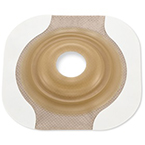


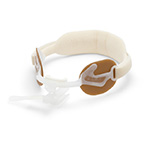

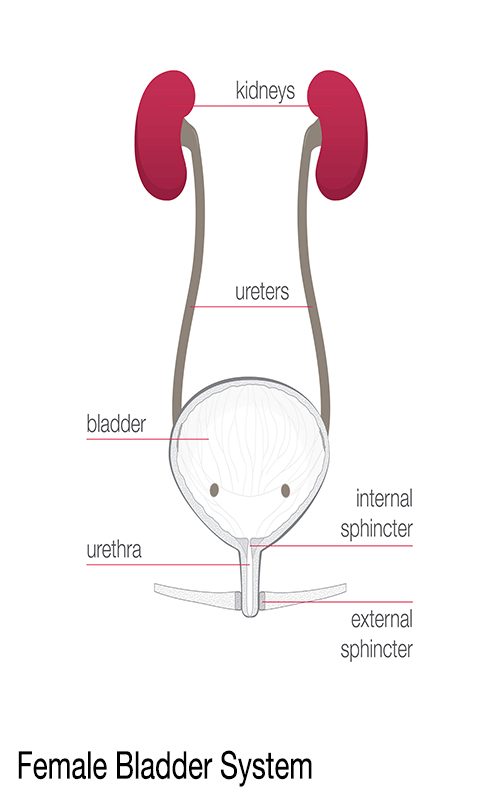
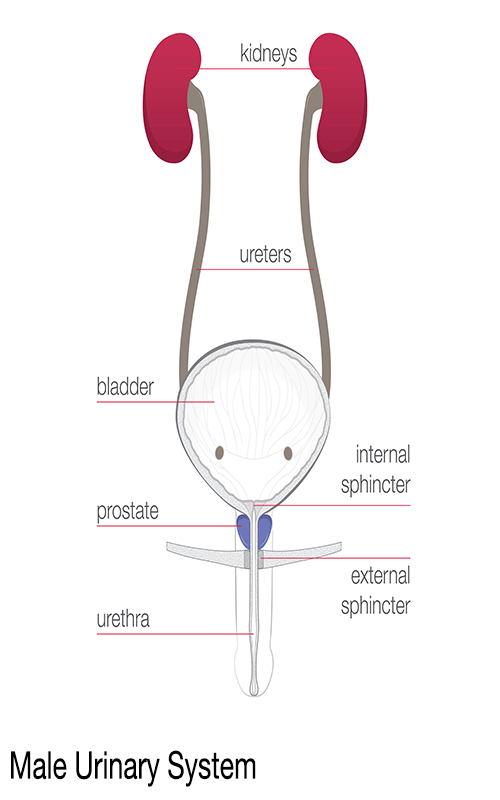


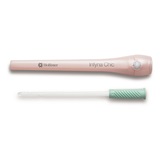

 Call Us
Call Us  Email Us
Email Us  Join Us!
Join Us! 